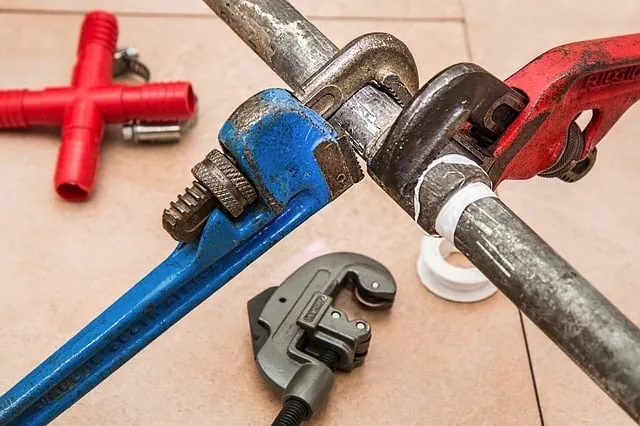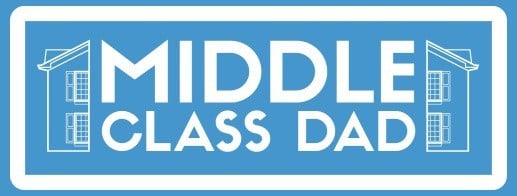
Have you ever been to outdoor camping? If you do, perhaps you have a great appreciation for modern plumbing. Without it, we would not be experiencing running water from the faucet, a hot relaxing shower, or even a flushing toilet.
A household’s plumbing system is a complex network of water supply pipes, vent pipes, drain pipes, and more. Since home plumbing is complicated and one of the tedious and most expensive systems to install or repair in a home, it pays to know how the system works.
Learning the basics of a plumbing system will allow you to understand the problems that may happen. Also, if you are planning a renovation or new home, knowing the fundamentals can help you structure a system that will definitely work and pass plumbing codes. So let us discuss this further below.
Water Supply System
There are several different systems that make up a house’s plumbing. Fresh water is delivered to a home through water supply pipes from the utility or a well and is then distributed to washers, sinks, bathtubs, toilets, and related fixtures. The drain-waste-vent operation system puts away used water and wastes to septic tanks or sewers. Natural-gas plumbing delivers this fuel to gas-burning cooktops, water heaters, furnaces, and clothes dryers.
A home’s water supply system travels municipal water from the street to your home, where it branches out to distribute the water to faucets, showers, toilets, bathtubs, and appliances like the dishwasher, water heater, and washing machine.
The tools for this water delivery and distribution is essentially a system of water pipes, service valves, fittings, and faucets. These valves, pipes, and other fittings are usually made from galvanized iron, plastic, or copper. Also, the pipes required may range in diameter from 1/2 inch up to 4 inches, or more. For reliable parts, check out TUBOMART plumbing parts for long-lasting and reasonably priced valve and pipe parts.
Drain-Waste-Vent System
Even though this is not one of the most wanted and glamorous parts of your house, the DWV (drain-waste-vent) system is among the most crucial. The function of the drain-waste segment of the method is to carry wastewater and sewage from toilets, bathtubs, sinks, showers, and water-using appliances. This includes washing machines and dishwashers, and delivering those wastes to the public sewer or septic tank.
Now, the vent system, the last segment of the plumbing, is typically less well known to most household owners. This part is connected to the drain-waste piping, and its function is to ventilate such sewage gasses so they do not build up in the house. Moreover, the vent system helps drainpipes regulate the correct pressure for adequate drainage.
The pipes of the DWV plumbing system are usually out of sight, hidden in the walls, beneath the floors, and in the attic. But once the piping system stops functioning properly, for instance due to clogged drains, it would be hardly out of mind.
Kitchen Plumbing System
If you are reading this segment, chances are you are having issues with the pipes or drains in the kitchen or you could be considering a kitchen remodeling project that deals with valves and pipes in the floor and walls. You will find help with both of these types of issues here, where we check and verify the planning, installing, and caring for plumbing with a fixate on the kitchen area.
Most kitchens have a simple plumbing system that involves hot and cold water supply lines to the faucets. It could be a waste line for sinks and for kitchens with a gas range, along with a gas supply pipe. Several kitchens also have plumbing systems for a dishwasher, ice maker, disposer, and instant hot water. However, these are usually tied into the sink’s piping system.
Bathroom Plumbing System
Showers, sinks, bathtubs, and toilets. This only shows that bathrooms are simply all about plumbing. The plumbing in a bathroom should handle water delivery and waste removal from all of the bathroom fixtures in an efficient, systematized, and leak-free manner.
There are two plumbing systems that are necessary to manage a bathroom’s plumbing needs, which are the water supply and drain-waste-vent.
Water supply plumbing delivers hot and cold water to the sinks, tub, toilet, and shower. On the other hand, the drain-waste-vent system assembles wastewater from fixtures and waste from toilets and delivers them to septic tanks or sewers. Near each of the tubs, showers, sinks, toilets, and vent pipes exhaust sewer gases up and out the roof. This carries out air pressure so wastes can flow freely.
Conclusion
In a nutshell, an ideally structured plumbing system will provide water to different faucets, fixtures, and water-using appliances efficiently, along with carrying away wastewater without clogs. Another this is you will save money. By planning wisely, you can reduce the overall plumbing costs significantly by situating kitchens, bathrooms, and even laundry rooms near one another so that they can simply share parts of the system.
- Sagittarius Man & Gemini Woman Love and Sex Compatibility - January 31, 2024
- Taurus Ascendant Rising Personality Traits in Men (Guide) - January 31, 2024
- How to Seduce and Attract a Sagittarius Man (Seduction Tips) - January 31, 2024
